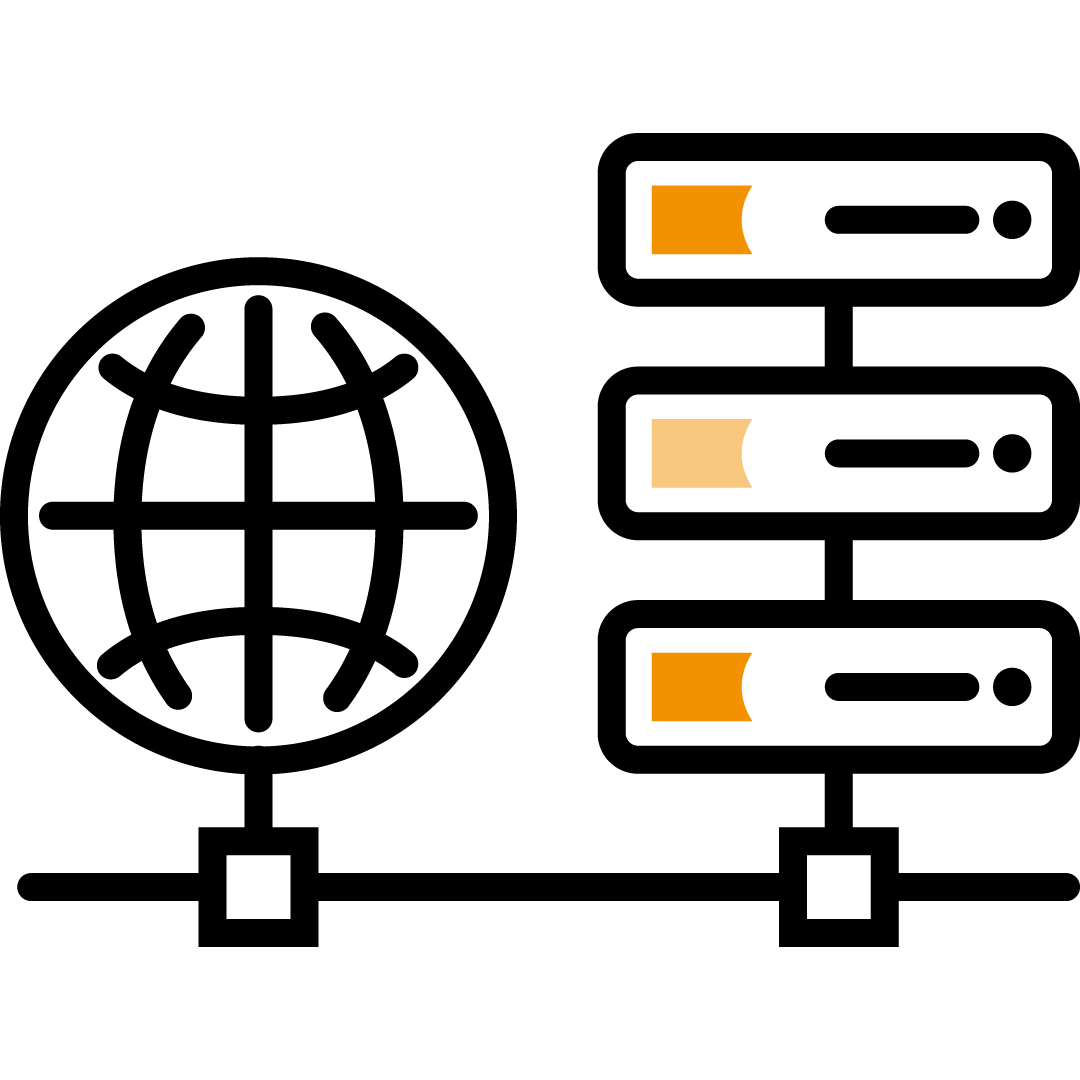Microsoft Azure Application Modernisation refers to the process of transforming legacy applications to leverage modern technologies and cloud capabilities offered by Microsoft Azure and low-code technology. This involves updating application architecture, infrastructure, and features to improve performance, scalability, security, and manageability.
By modernising applications, businesses can unlock new levels of efficiency, innovation, and agility, ensuring their software remains competitive and meets contemporary user expectations.
Modern applications can better meet customer demands, offering enhanced features and performance.
Reducing technical debt and streamlining maintenance can lead to significant cost savings.
Modernised apps can easily scale to accommodate growth and varying workloads.
Updating applications to use the latest security standards helps protect sensitive data and comply with regulations.
Leveraging cloud-native services enables faster development cycles and integration with cutting-edge technologies.










Methods and approaches for modernising applications
The app modernisation process should follow steps and strategies that align with a framework of organisational objectives. For instance, the Azure Well-Architected Framework has five architectural pillars that aim at achieving organisational goals—these can also apply to app modernisation:
- Reliability: how a system can handle failures and work again
- Security: keeping applications and data safe from attacks
- Cost optimisation: reducing costs while delivering more value
- Operational excellence: operations processes that make a system run well in production
- Performance efficiency: how a system can change with different loads
Microsoft Azure Application Modernisation FAQs
Azure App Modernisation is the process of updating and transforming existing applications to leverage the full capabilities of Microsoft Azure’s cloud platform. This involves refactoring, rearchitecting, or rebuilding applications to take advantage of modern cloud-native services, technologies, and practices.
Modernising applications involves updating legacy systems to leverage new technologies, architectures, and practices. This process is critical for businesses to stay competitive, improve efficiency, and meet evolving customer demands. App modernisation addresses technical debt, enhances performance, and ensures that applications can scale and adapt to future requirements.
Application modernisation has three main steps – plan, implement, and operate:
- Planning means setting a modernisation strategy
- Implementation requires skill-building and app modernisation
- Operations involves continuous governance, management, and optimisation























